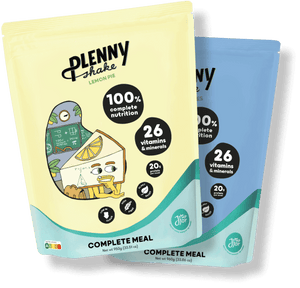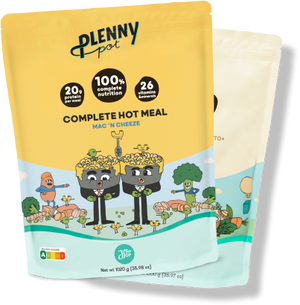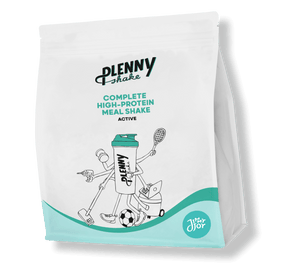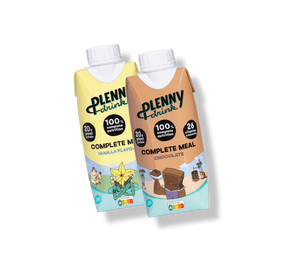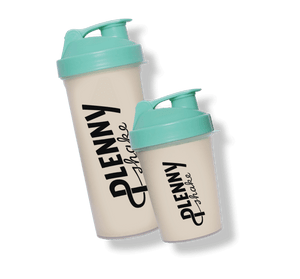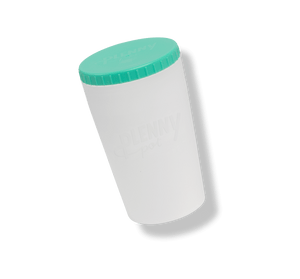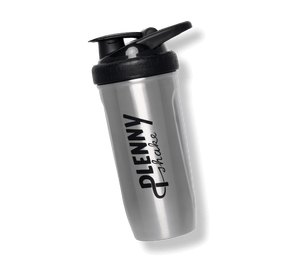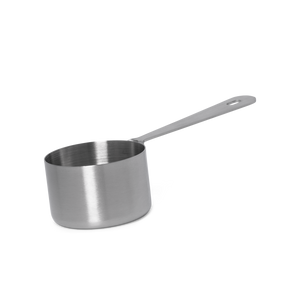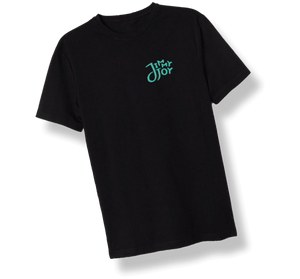
Ahiflower, also referred to as “refined Buglossoides arvensis oil”, is a plant-based dietary oil extracted from seeds of a non-GMO crop by the same name. It brings a complete and balanced omega profile from the most bioavailable omega complex, for which Ahiflower is one-of-a-kind among natural plant sources. Apart from its unique omega profile, it is also a regeneratively-farmed ingredient with proven-health benefits [1–3]. Interested to find out more? Read on to find out all about this Ahiflower!
Complex omega profile
As you might know, omega-3 and omega-6 are groups of fatty acids that are essential to cellular functioning and need to be obtained from your diet in the right balance. However, the common Western diet is characterized by an imbalance in omegas: we consume too much of the omega-6’s and not enough of the omega-3’s [4]. Over time this contributes to putting the body in a pro-inflammatory state linked to a number of chronic health challenges. Part of resolving this problem occurs when we change our omega intake ratio by increasing 3 while lowering 6.
The most conventional way to do this is by consuming marine products such as fish or krill oil supplements. Even though this can help replenish your omega-3 levels, it also contributes to bigger environmental problems such as overfishing. Ideally, you want to sustain both your health and the planet at the same time. That is exactly where Ahiflower oil comes in handy! [1,4–6]

Omega 3
Omega-3 fatty acids are extremely important for human health because of their anti-inflammatory cellular support properties. Alpha-linolenic acid (ALA) is an essential omega-3 fatty acid that we need to obtain from our diet. Two other well-studied omega-3 fatty acids are Eicosapentaenoic acid (EPA) and Docosahexaenoic acid (DHA), for which an adequate intake is linked with a positive influence on cardiovascular and immune functions. EPA and DHA are mainly consumed via marine sources like anchovies, sardines, and mackerel, which may be good for us, but not for the planet. Luckily, our bodies help us with a truly sustainable solution. After we consume ALA, it is converted by the body itself into EPA and DHA. Many vegetable oils contain ALA, and so does Ahiflower. In contrast to other plant-based ALA sources like flaxseed or chia seed oil, Ahiflower also contains a less well-known but crucial omega-3 fatty acid: Stearidonic acid (SDA). SDA is also converted by the body into EPA and DHA, yet this conversion is up to 4 times more efficient. Bye fatty fish, hello Ahiflower! [1,4–7]
Omega 6
Omega-6 fatty acids, notably the most common form linoleic acid (LA), are also essential in a healthy diet. Unlike omega 3’s, their excessive consumption — out of balance with essential omega-3 fatty acids — has an overall pro-inflammatory effect on the body. This is especially true when we consume excess high-LA oils via deep-fried and other highly processed foods that contain little or no omega-3’s. To their credit, high LA oils like sunflower and safflower oils boost good cholesterol (HDL) and lower the bad ones (LDL). But again, balance is the key. While Ahiflower oil contains some LA (~12%), it is far less predominant than omega-3 ALA and SDA (~65%). Nutritionists routinely state that the ideal omega-3 to omega-6 ratio to consume daily is 4:1, which is exactly the ratio in Ahiflower! As a helpful bonus, Ahiflower is one of the few dietary oils that also contains omega-6 gamma-linolenic acid (GLA) in meaningful quantities. GLA is widely recognized as the “good” omega-6 fatty acid because its overall effect is anti-inflammatory, for example in skin health, hormonal balance, and women’s reproductive health. Higher GLA levels are therefore better vs sources that contain only LA. Balancing the essential fatty acids ALA and LA in the right ratio, while also providing the richest SDA and GLA levels makes Ahiflower clearly stand out for daily wellness. [1,3,4,6]
Omega 9
Omega-9 fatty acids are less essential in our diets because we can perfectly make them ourselves. Nevertheless, the consumption of this form is linked to possible benefits for metabolic health. And guess what? Ahiflower also has you covered here, by containing this in the form of oleic acid. [2,3,5–7]
Human clinical trial on ahiflower
While Ahiflower oil’s unique omega-3-6-9 fatty acid composition is indeed promising, seeing is believing. Therefore we took a deep dive into the available research about Ahiflower, and guess what? In 2017, a randomized double-blind placebo-controlled trial was conducted amongst 40 healthy individuals. This trial showed a significant increase in the subjects’ circulating EPA levels after 28 days, starting with low dosages. This effect was shown to be dose-dependent as the EPA values increased significantly with higher dosages. Isn’t it great when theory becomes reality? [8]
Sustainability
The increased demand for omega-3 fatty acids is being met by increased harvesting of wild marine forage fish sources. About 25 million tonnes of wild fish are harvested and processed into oil every year. By using Ahiflower, your omega nutritional needs can be met fully without the fishy after-effects and you are helping reduce pressure on wild marine stocks in the oceans. [2,3]
Ahiflower and Jimmy Joy
After reading this article, it probably won’t come as a surprise that we were determined to use this ingredient. It gives you the right omega-3 to -6 ratio and has one of the most complex, naturally-balanced omega ratios in the seed-oil world. As the cherry on top, it is also sustainable for the planet since no marine sources have been touched and the Ahiflower crop is grown regeneratively, meaning that its farmers put more back into the soil to support rural biodiversity than they take out.
Since you probably can’t wait to complement this in your diet, Plenny Shake Active does now contain Ahiflower! You can click here to make your purchase and benefit from all of its healthy fats.
Sources
- 1. Cumberford G, Hebard A. Ahiflower oil: A novel non-GM plant-based omega-3+6 source. Lipid Technol. 2015;27(9):207–10.
- ahiflower [Internet]. ahiflower. [cited 2020 Sep 1]. Available from: https://www.ahiflower.com
- Scientific Opinion on the safety of refined Buglossoides oil as a novel food ingredient. EFSA J. 2015;13(2):4029.
- DiNicolantonio JJ, O’Keefe JH. Importance of maintaining a low omega–6/omega–3 ratio for reducing inflammation. Open Heart [Internet]. 2018 Nov 26 [cited 2020 Aug 28];5(2). Available from: https://www.ncbi.nlm.nih.gov/pmc/articles/PMC6269634/
- Balić A, Vlašić D, Žužul K, Marinović B, Bukvić Mokos Z. Omega-3 Versus Omega-6 Polyunsaturated Fatty Acids in the Prevention and Treatment of Inflammatory Skin Diseases. Int J Mol Sci [Internet]. 2020 Jan 23 [cited 2020 Aug 28];21(3). Available from: https://www.ncbi.nlm.nih.gov/pmc/articles/PMC7037798/
- Boston 677 Huntington Avenue, Ma 02115 +1495‑1000. Types of Fat [Internet]. The Nutrition Source. 2014 [cited 2020 Apr 9]. Available from: https://www.hsph.harvard.edu/nutritionsource/what-should-you-eat/fats-and-cholesterol/types-of-fat/
- Simopoulos AP. The importance of the ratio of omega-6/omega-3 essential fatty acids. Biomed Pharmacother Biomedecine Pharmacother. 2002 Oct;56(8):365–79.
- Lefort N, LeBlanc R, Giroux M-A, Surette ME. Consumption of Buglossoides arvensis seed oil is safe and increases tissue long-chain n-3 fatty acid content more than flax seed oil – results of a phase I randomised clinical trial. J Nutr Sci [Internet]. 2016 Jan 8 [cited 2020 Sep 2];5. Available from: https://www.ncbi.nlm.nih.gov/pmc/articles/PMC4709838/



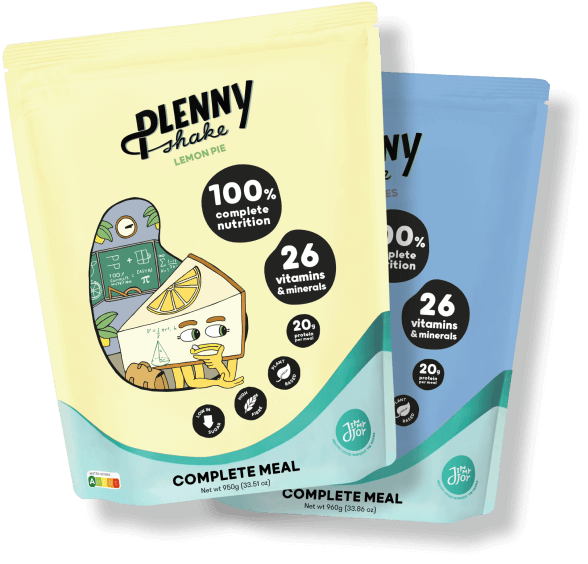




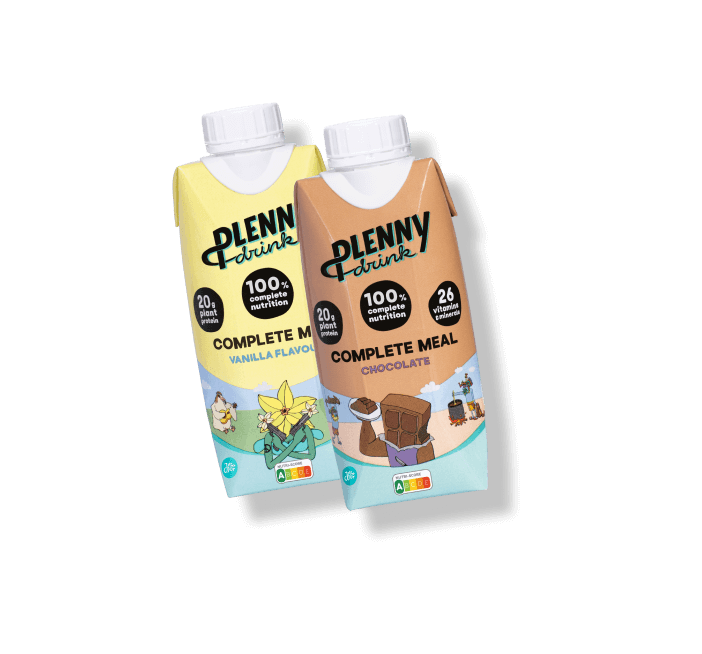












 Product added to cart
Product added to cart
